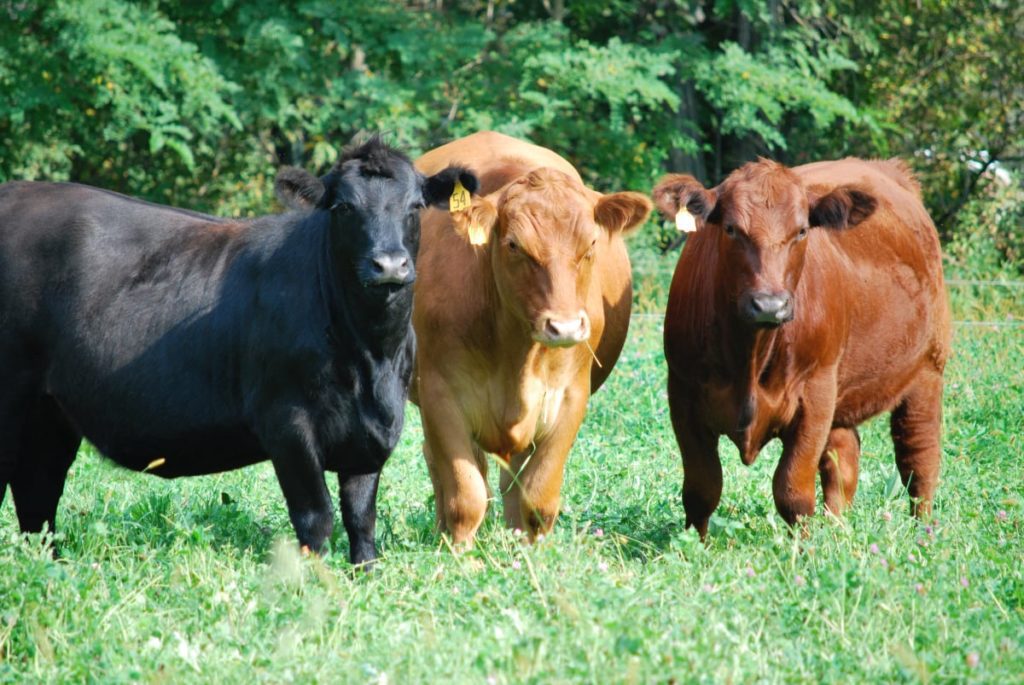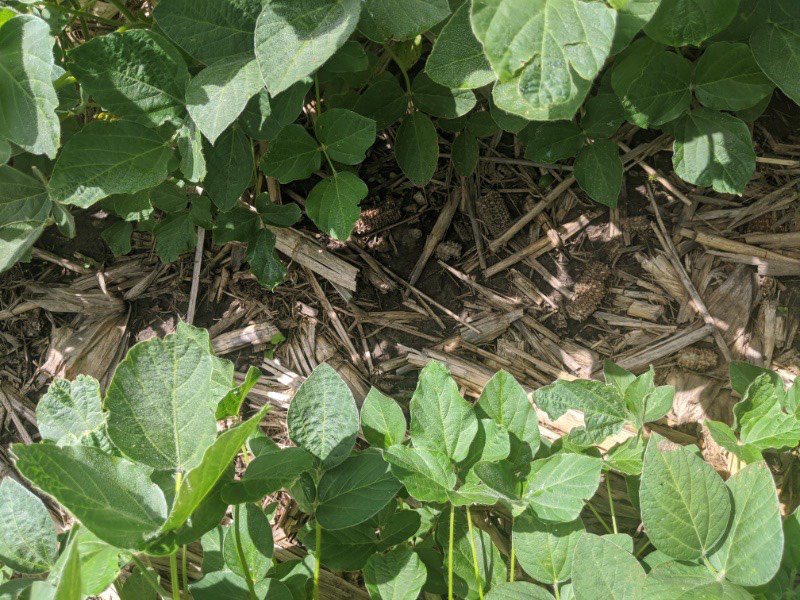Six Apps in the Toolbox

By Jonathan Kilpatrick, Farmer Education Director
Last month, during a consultation with a self-proclaimed octogenarian farmer, I was struck by just how much change this gentleman has seen over the years. One of the things that I love about talking to folks who have been farming their entire lifetime is the breadth of perspective that they have on agriculture. For a much younger farmer like myself, it’s fascinating to sit at the kitchen table with these folks and hear about what farming was like 20, 30… even 60 years ago.
Gone are the days of the 8-row planter being the newest, greatest piece of farm machinery; when barn cleaners were the go-to equipment for removing manure from the dairy barn. The last two decades have seen a technological revolution, transforming every aspect of life, including agriculture. Today we’re living in an era where drones are used to apply cover crop seed and satellite imagery helps detect pest pressure.
While most of us as smaller-scale farmers may not be using guidance systems or drones, there are still many ways that we can use technology on our farms. In most of our pockets is a phone that is more capable than the computers that filled an entire room when my parents were in college. How can we maximize this pocket-computer to benefit our farms and make management easier?
Here are six apps that I regularly use for farming/ranching and my consulting work and believe can help you leverage technology in your farming journey:
1. Field Area Measure
This is one app that I use very frequently. This simple yet invaluable GPS app allows you to measure distances and areas (using multiple units of measure) and mark locations for future reference. It is super handy for planning grazing and paddock size. You can also use geo-location to physically walk an area and the app will record your path and the corresponding distance or area. With the paid version, you can save fields and add photos or dates to a pin.
For those who want to have a grazing mapping app but don’t want to shell out the money for the software, this can work well. I often pull up this app when I’m helping clients plan their grazing or illustrating paddock size. We can both see a certain paddock size on the app and also walk out that same area.
2. Merck Vet
The Merck Veterinary manual is a long-standing go-to resource for veterinarians. This app compiles key information from the manual into a user-friendly format, including videos, charts, and explanations of illnesses and diseases. As someone who likes to understand as much as I can about an illness or issue, I like to use this app to further research an issue after working with a vet to diagnose what’s going on.
Note: Always consult a licensed veterinarian with any livestock health concerns or needs. This app exists for the layperson simply as a way to expand your knowledge of common livestock diseases and illness.

3. Cattle Market Mobile
This is one of my favorite ways to keep an eye on cattle markets around the county. It aggregates popular commodity and economic reports in one place for easy comparison of the markets. You can set up a dashboard with your favorite reports for easy access in the future. A couple handy tools including a gestation calculator and calf profit and loss calculator are included. (A similar app designed for sheep folks is ASI News, or American Sheep Industry News. It has market reports as well as handy tools.)
4. Altimeter
You might wonder why an altimeter app is on a list of favorite farming and ranching apps. When planning infrastructure projects such as water systems, roads, and ponds, knowing the rise and fall of the terrain is very helpful.
When planning gravity water systems, knowing the number of feet of fall from the water source to usage point can help determine anticipated psi. Too much fall and the pressure can be so much that you are blowing out valves and fittings. Not enough and you don’t have enough pressure to fill your water tank.
When planning roads, you can map a road to minimize washouts and water bar building (water bars are similar to speed bumps but designed to move water off a road) to make sure that water is moving the right direction.
When deciding where to place a pond, understanding the size of the watershed can influence the size and potential capacity of the pond.
5. Grain Drill Calculator
This handy app developed by Oklahoma State University helps you calibrate your grain drill or planter. Simply enter the diameter of your drive tire, row spacing, target rates, plus a few other metrics, and it will calculate your plant population and help you evaluate the rate your drill is set at.
Note: Always make sure to double-check the app with a manual calibration. Double-check seed placement, slot closure, and that your tubes are clear of any debris before and after you start planting.

6. PictureThis
Identifying plants has become so much easier with this app. Simply snap a picture of part of a plant and you can identify what it is. While I’m familiar with most common species in pastures and forests, using this app when I am not certain of what I am seeing has helped me to grow my botanical knowledge. (Another similar app for this purpose is Seek).
These six apps transform the smartphone in your pocket into a powerful farming tool. What are some of your favorite apps? Share in the comments below—I’d love to hear what you use and why.
